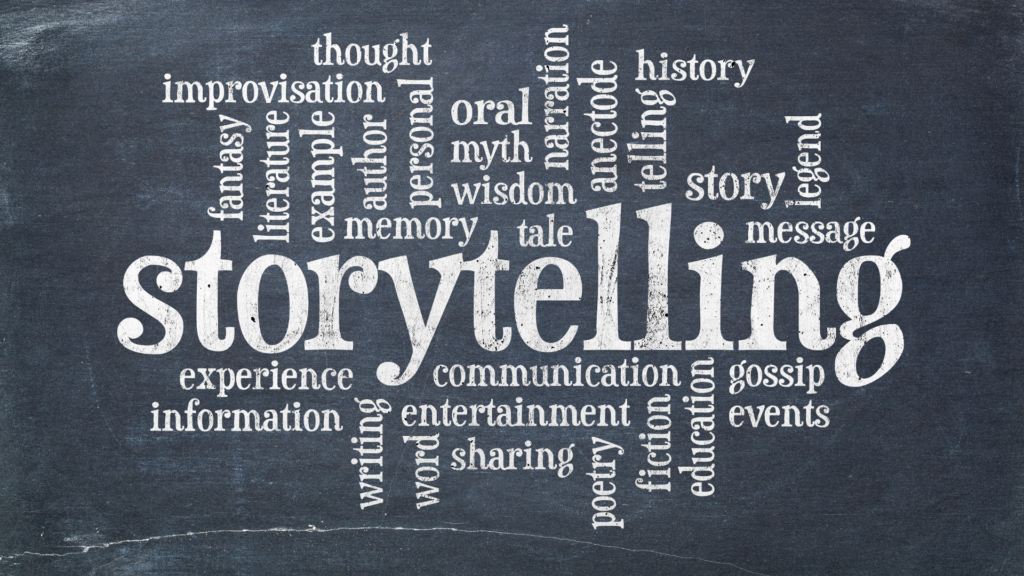
Graphic design is much more than combining colors and shapes. Today, one of the most valuable skills for designers is telling visual stories that emotionally connect with the audience. This approach, known as visual storytelling, uses images, graphics, and visual elements to narrate a story that reflects the values, identity, and message of a brand or project.
But how do you achieve effective visual storytelling? In this article, we explore the fundamental principles that turn graphic design into a captivating visual story.
1. What is Visual Storytelling?
Visual storytelling is the art of telling a story using only graphic elements, without relying on text. The key is to convey an idea, emotion, or message through images that, together, lead the viewer to an intuitive understanding.
A good example of visual storytelling is the logos of major brands. Think of Nike’s iconic swoosh or Apple’s apple. These symbols not only represent a company; they tell a story, evoke emotions, and convey values such as innovation, achievement, and simplicity.
2. Why is Visual Storytelling Important in Graphic Design?
In today’s digital world, people are exposed to thousands of images and ads every day. Visual storytelling allows you to stand out in that ocean of information. By using images that convey a clear and emotional narrative, brands can create a deeper connection with their audience and leave a lasting impression.
Additionally, images are processed by the brain much faster than text. This means that a well-structured graphic design can communicate its message in seconds, while text requires more time and attention.
3. Key Elements of Visual Storytelling
To create an effective visual story in graphic design, it’s important to master certain key elements:
a. Color
Color is one of the most powerful components of visual storytelling. Colors evoke emotions and instant associations. For example, red can represent passion or urgency, while blue is associated with trust and calm. Choosing the right color palette is essential to reflect the tone and message of the story you want to tell.
b. Composition
The arrangement of graphic elements in a design also plays a fundamental role in the visual narrative. A balanced composition can guide the viewer’s eyes through a sequence that tells the story naturally. The use of negative space, visual hierarchy, and focus are key tools for effective composition.
c. Typography
Although visual storytelling focuses on images, typography is still an important element. The typeface you choose should complement the visual story, whether it conveys elegance, modernity, or strength. Typography can reinforce the overall message or, if not used correctly, can clash and distract.
d. Images and Graphics
The use of photographs, illustrations, and graphics is at the heart of visual storytelling. These images should be carefully selected to reflect the brand’s message and values. For example, a technology company may opt for futuristic and minimalist images, while an eco-friendly brand might focus on nature photography and organic textures.
Visual storytelling is a powerful tool in graphic design, allowing brands to connect with their audience in a deeper and more meaningful way. By using key elements such as color, composition, and images, you can tell stories that not only capture the viewer’s attention but also communicate the message clearly and emotionally.
At Cuernosoft, we understand the importance of visual storytelling to create memorable brand experiences. If you’re looking to enhance your visual identity or create a design that tells your brand’s story, contact us! We’re here to help you transform your ideas into impactful visual narratives.